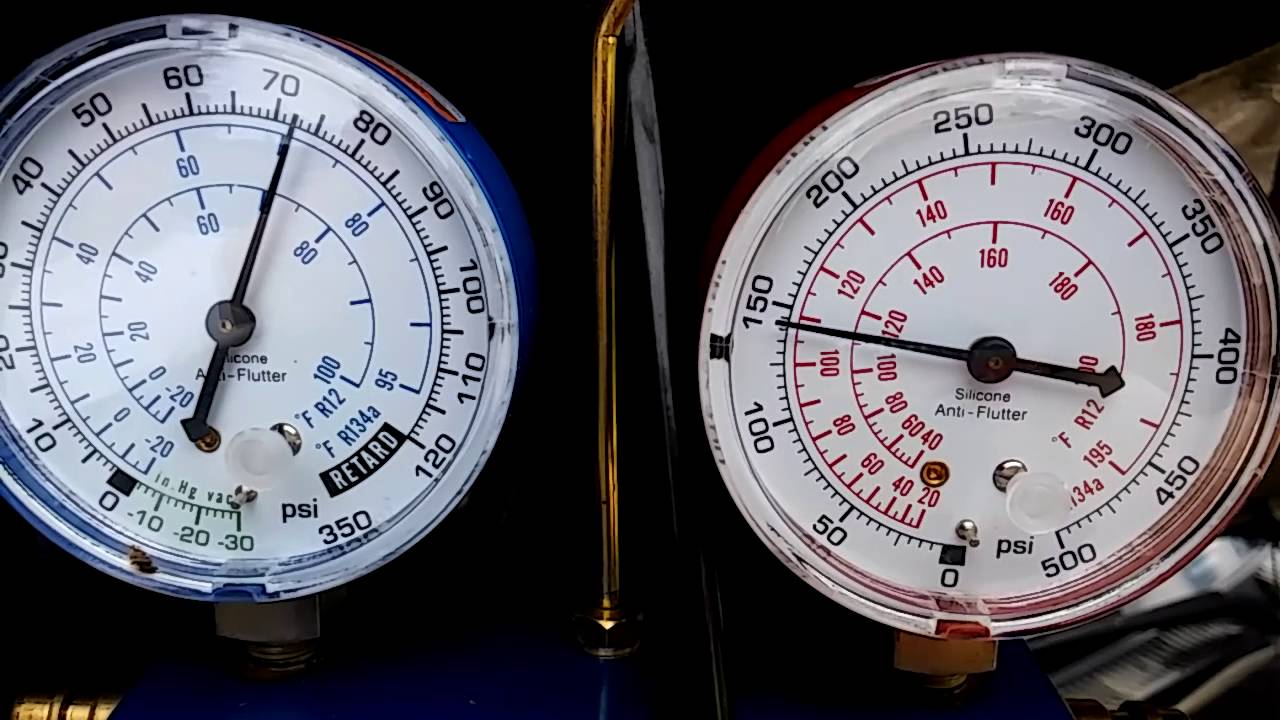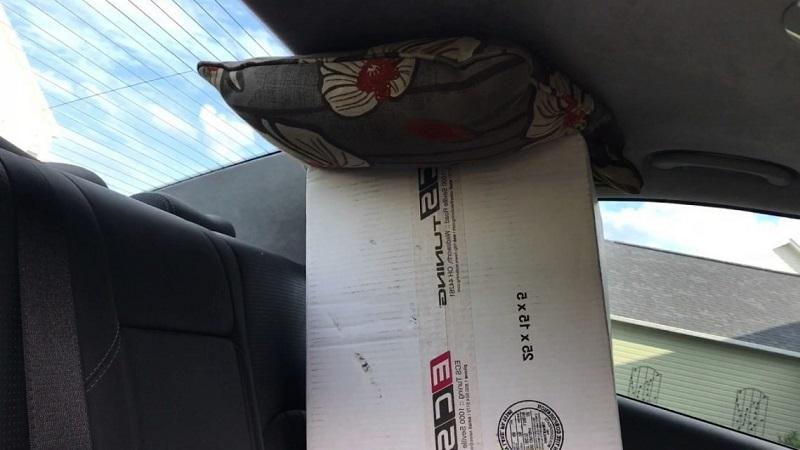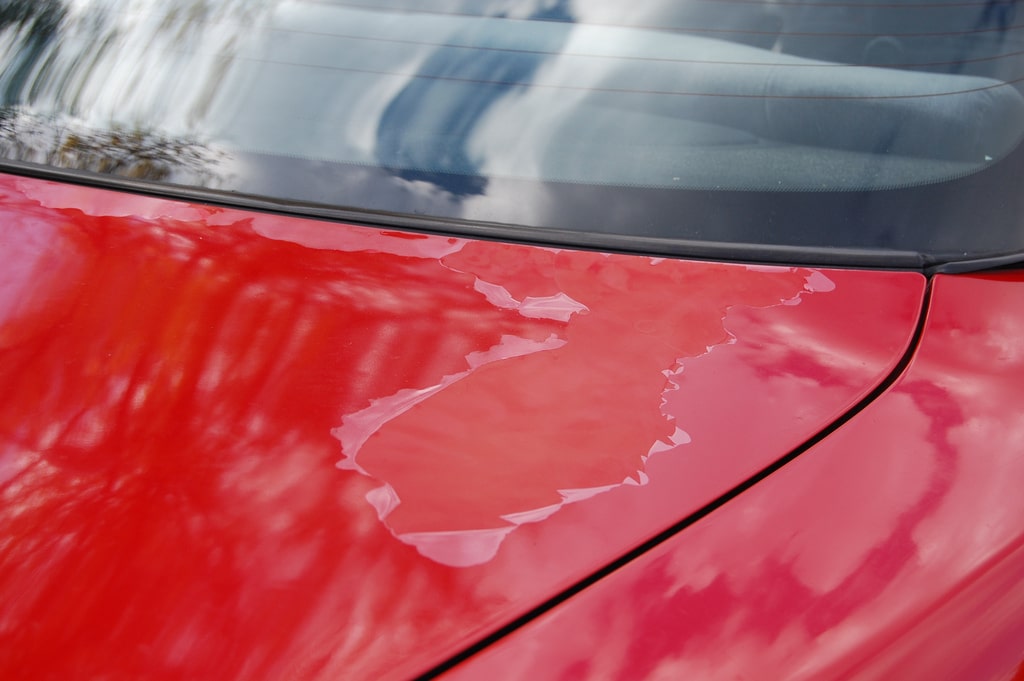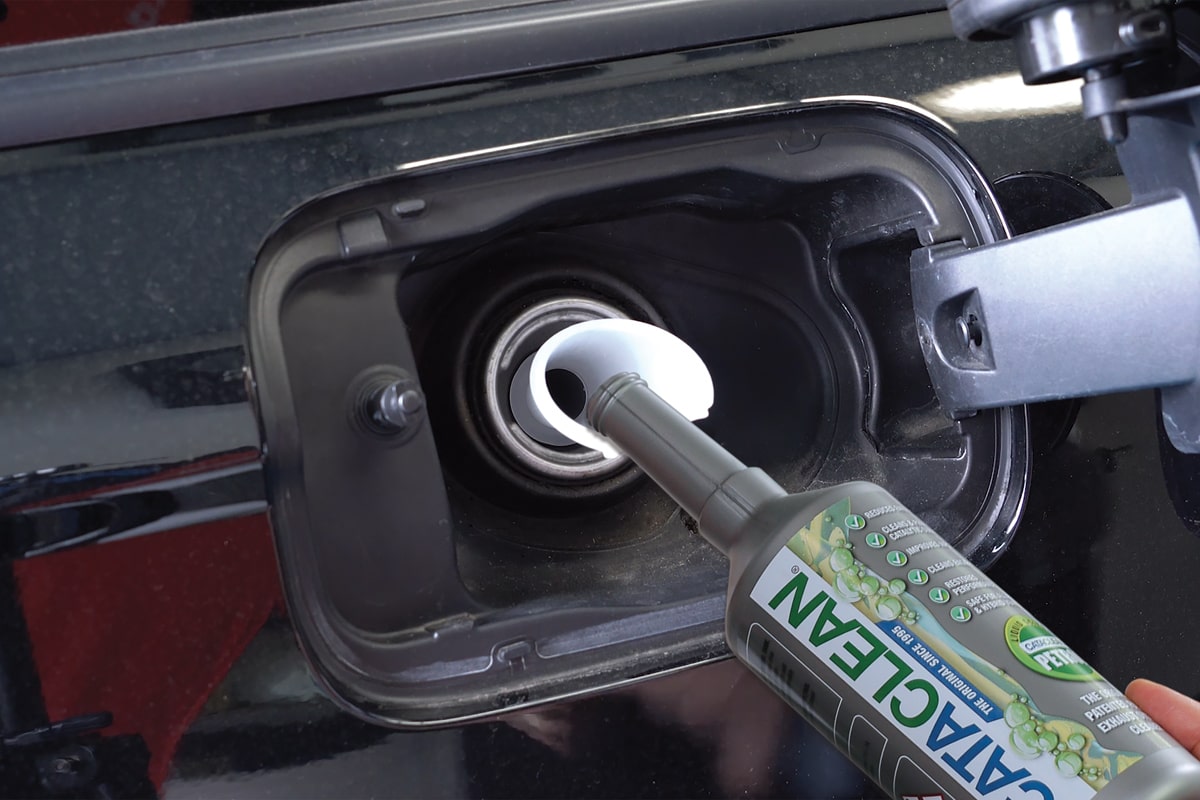What to do if a car doesn’t start?
Sometime without any reason your car might not start. Repairing a car that won’t start can be as simple as plugging in a wire, changing a fuse, or as complicated as replacing major engine components. The following may help you to find out the problem. We will look at individual possible problems, and ways to check for them.
Check the battery and starter
If you do not have sufficient voltage and cranking power, the car simply won’t start. The proper voltage is 12.6 volts for a normal car battery. You can test the voltage using a simple multimeter available at most hardware stores. Most retail stores that sell batteries can load test them to make sure they have enough cranking amperage to start your engine. Have someone attach booster cables to your battery if the engine seems to be turning over slower than normal. Look at the battery cable connection’s condition. Corroded or loose connections at the battery terminals will prevent the starter from getting enough amperage to start your engine.
Decide if the starter is the problem.If the battery seems charged, and the starter motor still doesn’t turn the engine, or turn it fast enough to start the engine, the problem may be in your starter motor itself. Changing the starter is not too complicated, but if you decide to attempt this, try to find someone who has done it before to help you, or buy a do it yourself manual that has a description and pictures of what you need to do. Some cars such as Fords have starter solenoid mounted on the inside fender that you can test to see if the voltage is going through to the starter motor, if not, some times you can cross jump the solenoid and start the car. If the car engine is turning quick enough and doesn’t try to start, next check the fuel input to the engine.
Buy used car directly from Japan >> Check our stocks list
Checking the fuel system
Make sure you have fuel in your tank. Hopefully your fuel gauge is working, but some lose calibration, and will register remaining fuel when the tank is dry. You cannot open a true fuel injected system to look for fuel, but on older cars, you can remove the air filter from the breather housing by taking the wing nut or other fastener off the top and lifting the cover. Here, when you pump the accelerator pedal, you should see gasoline spray into the carburetor throttle body. Many fuel injected gasoline engines have a test port on the fuel delivery line.Since the fuel pressure can be as high as 70 PSI in some vehicles, using a test gauge is the safest way to make sure you have a sufficient fuel supply for your engine to run. Some cars have electric fuel pumps situated in the gas tank, and having someone listen at the filler cap while you turn the ignition switch from off to run, they will hear the pump cycle on for a few seconds, then click off when the system pressure reaches the required level. This can tell you if the pump is not working, but changing the fuel pump is a difficult and possibly dangerous project. Check your fuel filter to make sure it is allowing fuel through it. Fuel filters can become clogged over time, and eventually it may not allow enough fuel through it to allow the engine to run. Changing fuel filters is much easier and less expensive than changing a fuel pump.
Get access to 20,000 Japanese used cars with discount 90% MAX >> Start here
Test the ignition system
Remove a spark plug wire from your spark plug and use an insulated screwdriver to ground the metal fitting inside the spark plug boot to the engine, and have someone turn the engine over while you watch for a spark. You should have the metal screwdriver shaft about an eighth of an inch from a clean metal surface on the engine, and be careful not to touch any uninsulated parts of the tool while testing the plug. If you do not have a spark, you have an ignition circuit problem, and depending on the vintage of your vehicle, you may have to replace anything from a coil wire to an ignition CPU, or computer. Look for damaged or loose ignition components. With newer vehicles, it would be difficult to describe in detail all of the ignition system parts, but generally speaking, you will have a coil (or individual coils for each cylinder of the engine), spark plug wires, and spark plugs. You may also have a distributor cap with a rotor button, condenser, and other parts that can fail.
There are few more things you can do. Look at the wires, hoses, and other components under the hood. Often, one unplugged wire, or one broken vacuum or fuel line will be the problem, and these are simple and inexpensive to fix. Check the owner’s manual for fuses, relays, and circuit breakers related to either fuel or ignition. You should be able to locate these and make sure they are not tripped or blown. In the relay block, you can exchange relays that are the same size from another component, such as the AC blower, to test the ignition relay. Listen to your engine when you crank it. If you hear a knocking sound, backfiring, or misfiring, you may have a flooded carburetor or a serious engine problems such as jumped timing or stuck or broken valves. It is not possible to cover all the reasons a car won’t crank in this article, but if you are able to find a do it yourself book at a department store or auto parts supply, or your local library, they can help with specific problems. Even when your car doesn’t start when you try the ignition, it may show a “code”, or information stored in the computer, that can be accessed by a technician to find the source of your problem. This may be a “check engine” light, or other indicator. If the owner’s manual doesn’t list a fuse or relay for the fuel pump, your car has a mechanical pump, and the only way to check it is to remove a fuel line, and turn the engine over to see if gasoline comes out, but this is very dangerous! The best thing that you should do is to have a good mechanic check your car every month so that you can predict any problem in advance.
But please be careful with exposed spark plug wires, as they contain high-voltages and can be dangerous! Do not remove any wires or other electrical parts without disconnecting the negative (-) post of the battery. When testing for spark or doing anything else which requires turning the motor over while looking under the hood, be careful of the fan blades, belts, and other moving parts. Never turn the engine over or crank it with the breather cover removed. Fuel in the throttle body can ignite! Do not remove fuel lines unless you know how to bleed off the pressure in them, injected fuel systems are pressurized, and will blow off gasoline when they are uncoupled.
Looking for a Japanese used car with great condition? Start here >>














